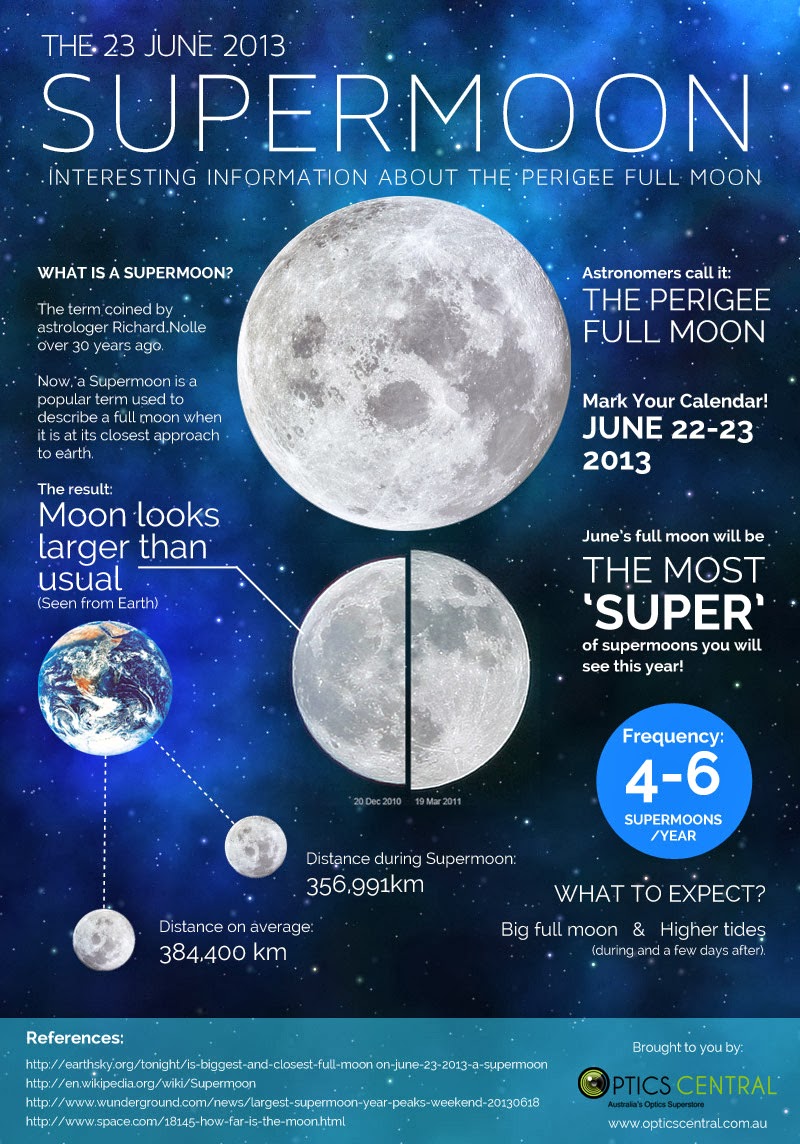| Online: | |
| Visits: | |
| Stories: |
2014 ‘extra-supermoon’ occurs this weekend along with annual Perseid meteor shower
 |
| What is a super-moon? |
kjrh.com
Star gazers, mark your calendar for this weekend. Viewers in the Northern Hemisphere are being treated to a supermoon and the annual Perseid meteor shower Sunday.
According to EarthSky.org , supermoons are new or full moons that occur when the moon is at or near its closest approach to Earth in a given orbit.
Supermoons occurred Jan. 1, Jan. 30 and July 12. The fifth and final supermoon of the year is Sept. 9.
The weekend’s supermoon will actually be the largest and brightest of the year, an extra-supermoon if you will, as the Earth is at its closest distance to the moon — just 221,765 miles (356,896 kilometers) away. That’s about 30,000 kilometers closer than the average distance between Earth and the moon.
The best time to catch the supermoon is just after your local sunset when the full moon begins to rise.
In a tradeoff, the supermoon could affect your view of the annual Perseid meteor shower, according to Space.com.
The Perseid meteor shower occurs each year as space debris from the Swift-Tuttle comet strikes Earth’s atmosphere.
Between Aug. 10 and Aug. 13, the meteor shower will peak and should last for another week. As many as 100 shooting stars are normally visible each hour. Space.com, however, suggests scouting the fireballs in the predawn hours in the days ahead of the night of full moon.
Source: http://www.ascensionearth2012.org/2014/08/2014-extra-supermoon-occurs-this.html




